Akces-Med PARAMOBIL User guide
Other Akces-Med Mobility Aid manuals

Akces-Med
Akces-Med JUMBO User manual

Akces-Med
Akces-Med ZEBRA invento User manual
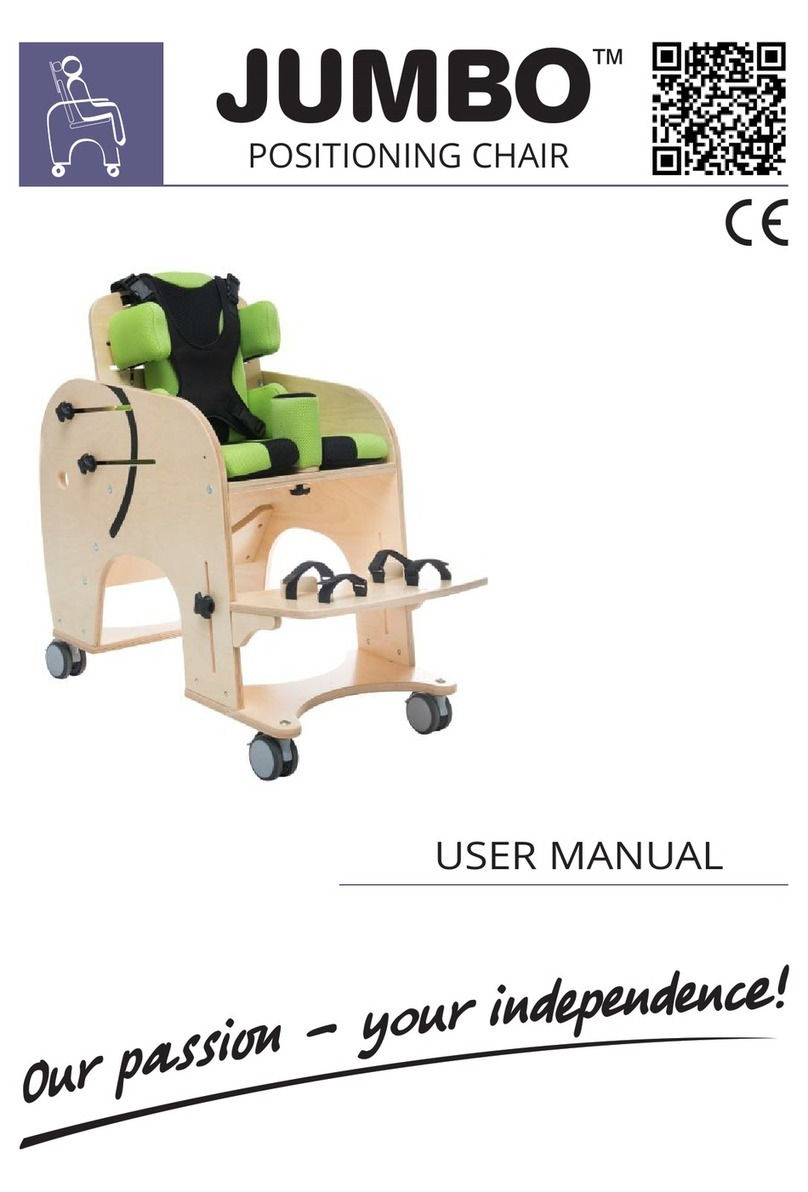
Akces-Med
Akces-Med JUMBO User manual
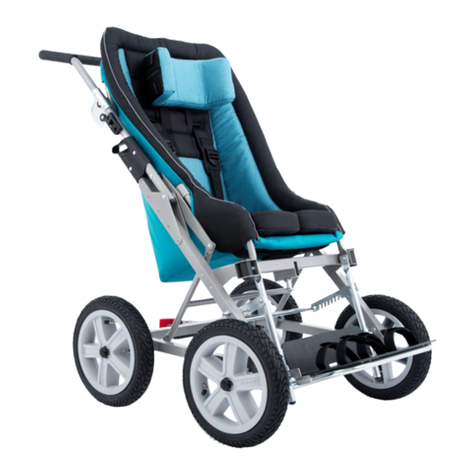
Akces-Med
Akces-Med NOVA User manual

Akces-Med
Akces-Med JORDI HOME User manual
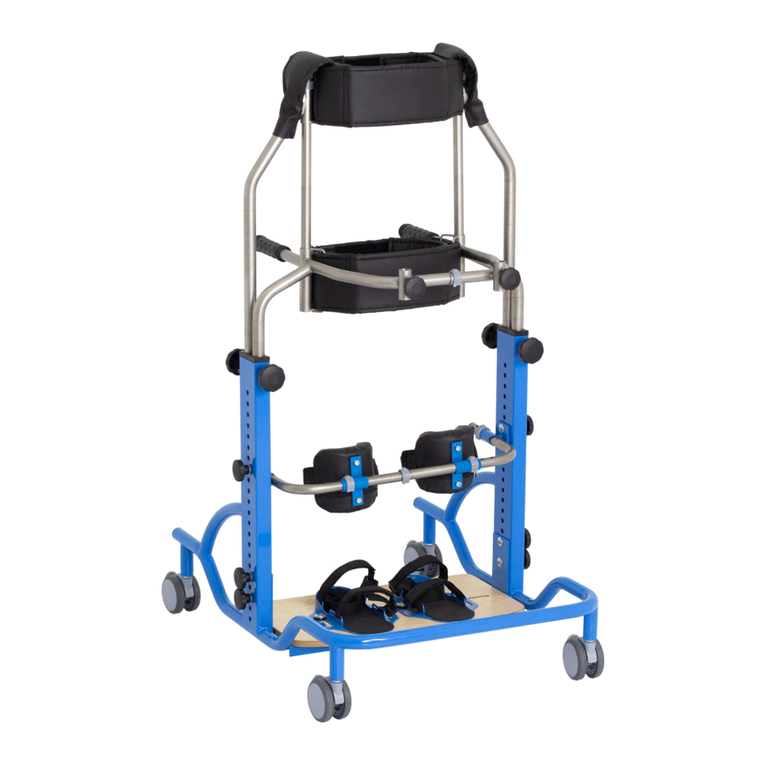
Akces-Med
Akces-Med PARAPION User manual

Akces-Med
Akces-Med ASTRIDE User manual
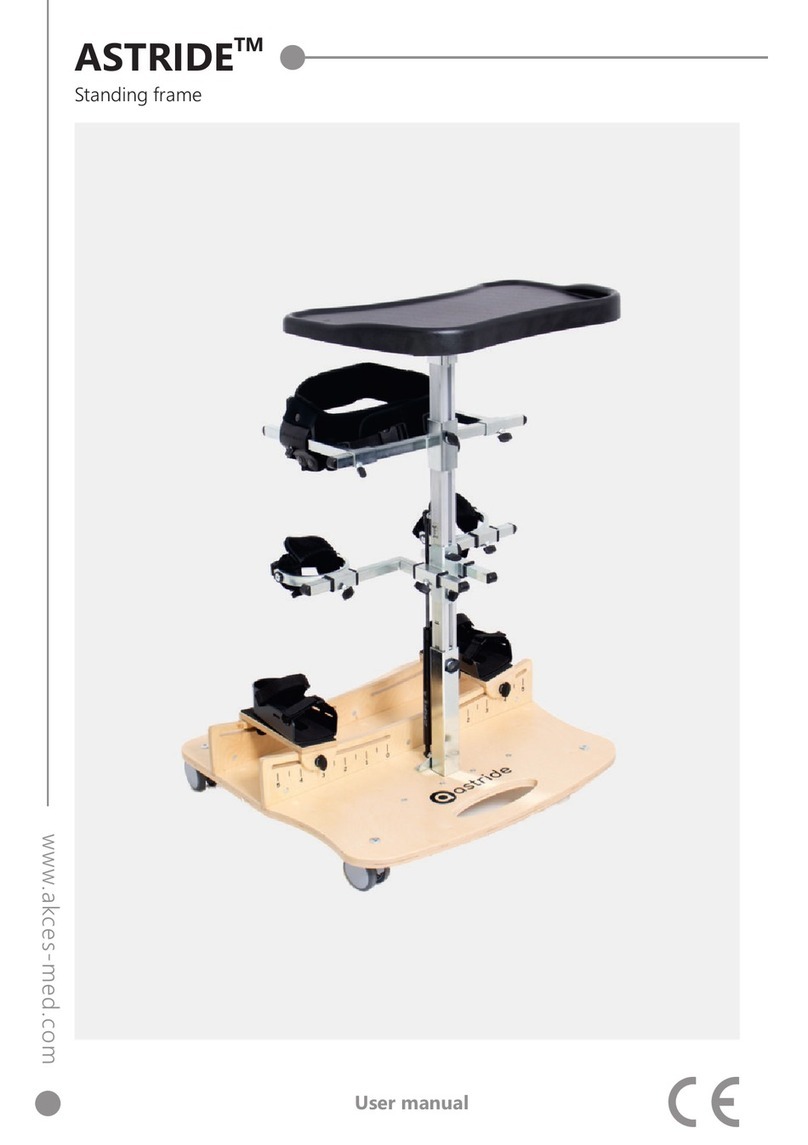
Akces-Med
Akces-Med ASTRIDE User manual
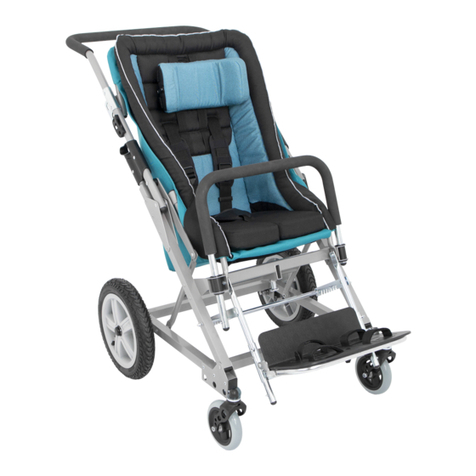
Akces-Med
Akces-Med NOVA EVO User manual

Akces-Med
Akces-Med ACTIVALL CROSS User manual
Popular Mobility Aid manuals by other brands

Decon wheel
Decon wheel TNS Notos Assembly instructions

ExoAtlet
ExoAtlet ExoAtlet-II user manual

Invacare
Invacare Storm Series parts catalog

Rhythm Healthcare
Rhythm Healthcare B3800F manual

AMF-BRUNS
AMF-BRUNS PROTEKTOR installation manual

Drive DeVilbiss Healthcare
Drive DeVilbiss Healthcare OTTER Instructions for use





















